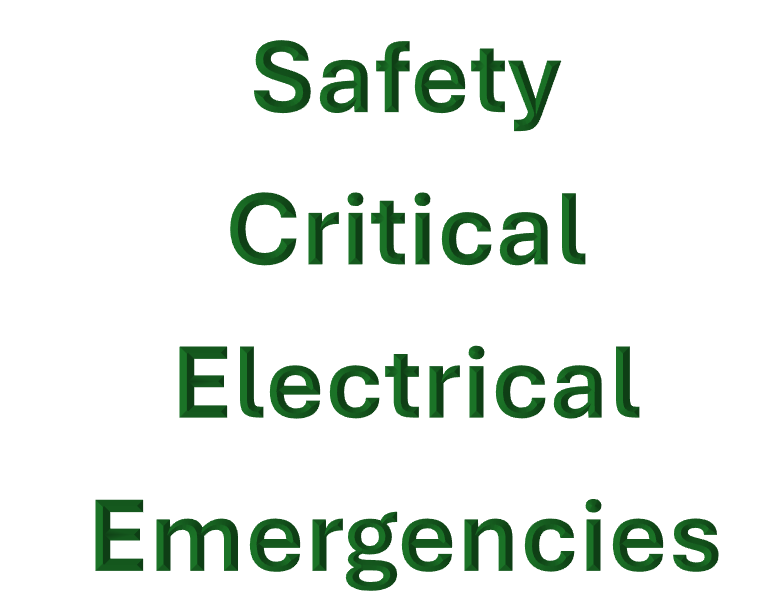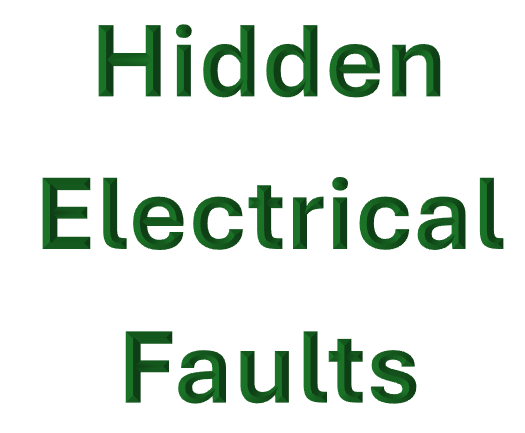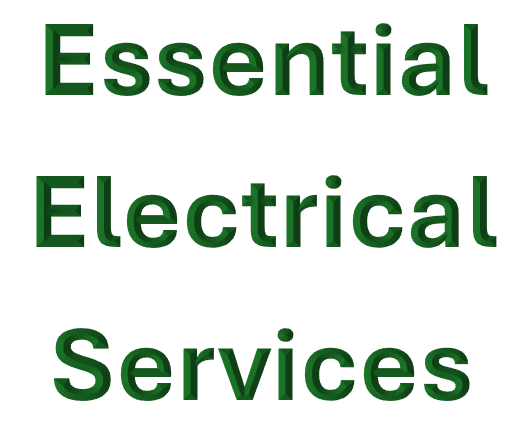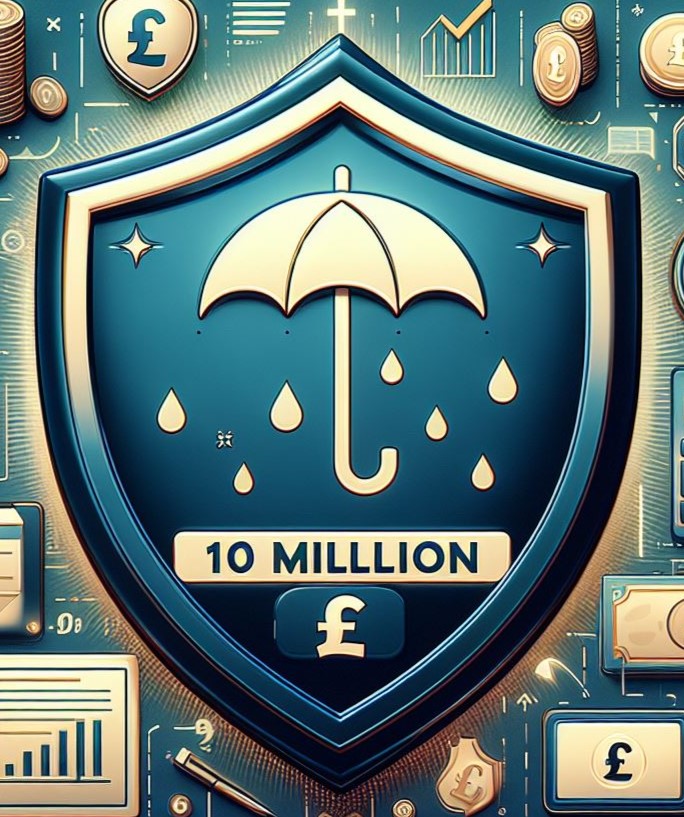
When Every Second Counts: Handling Safety-Critical Electrical Emergencies
Electrical hazards like exposed wiring, burning smells, or smoking outlets aren’t just inconvenient—they’re life-threatening. In safety-critical situations, immediate action is non-negotiable. Our out-of-hours electricians specialize in rapid response to high-risk scenarios, from preventing electrical fires caused by overloaded circuits to neutralizing dangerous faults in commercial panels. Using thermal imaging cameras and arc-fault detection tools, we identify hidden risks (e.g., arcing wires, corroded connections) that could escalate into disasters. Every repair follows strict safety protocols, including post-service inspections and compliance with [Local] fire codes, ensuring your property and loved ones are protected around the clock.
Why Trust Matters in Safety-Critical Electrical Crises
Not all electrical issues are equal—some demand expertise that only licensed, experienced professionals can provide. In safety-critical situations, cutting corners or DIY fixes can have catastrophic consequences. Our team is trained to prioritize risk mitigation: we isolate faulty circuits, replace compromised components with fire-rated materials, and implement fail-safes to prevent recurrence. For example, after resolving a critical fault in a client’s fuse box at 2 AM, we conducted a full-system audit to eliminate future risks. With certifications in bs7671, 24/7 availability, and a zero-tolerance policy for unsafe work, we turn panic into actionable solutions. Don’t gamble with safety—call the experts trusted by 600 plus households and businesses in Area


















